What’s the Buzz
The Bee Healthy Blog
What is Atherosclerosis?
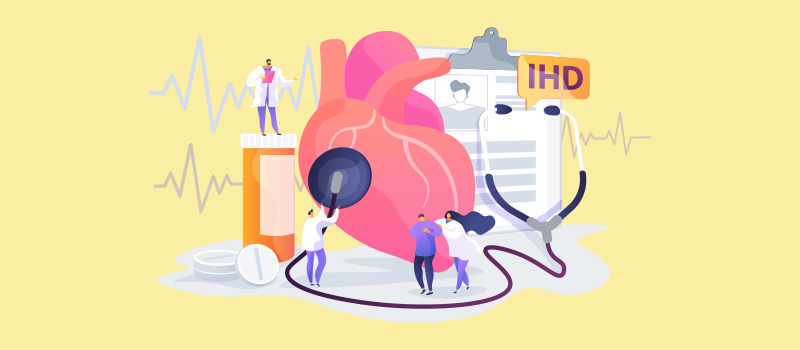
Heart disease is a leading cause of death in the United States. It is responsible for 1 in 4 deaths and costs $1 billion a day in healthcare costs and lost productivity due to premature deaths. One of the terms you often hear when talking about heart disease is atherosclerosis. In this article, we’ll take a closer look at the meaning of atherosclerosis, why it occurs, and what you can do to prevent it.
What is atherosclerosis in simple terms?
Simply put, atherosclerosis is a hardening of the arteries. It occurs due to a buildup of cholesterol, fats, and other substances in the artery walls. These substances together are called plaque. As the plaque increases in size over time, it causes the wall of the artery to thicken and harden and narrows the channel through which blood flows in the artery. This reduces the flow of oxygenated blood and nutrients reaching an organ, ultimately leading to tissue death. In advanced stages, an artery can narrow to the point that the blood flow becomes completely blocked, causing serious problems like heart attack and stroke. There is another risk, too—the plaque can burst, leading to blood clots.
When atherosclerosis occurs in the arteries that supply the heart muscle, it is called coronary artery disease. However, atherosclerosis is not only a heart problem - it can affect arteries in other parts of the body too.
Atherosclerosis can be prevented and treated with a heart-healthy lifestyle.
What are the 4 stages of atherosclerosis?
Atherosclerosis does not occur overnight. It is a slow process of changes in the blood vessels that starts when the inner lining of a healthy blood vessel (called the endothelium) becomes damaged. In the next stage, fat and cholesterol start getting deposited in the wall of the blood vessel, starting the process of plaque buildup. Next, white blood cells called leukocytes migrate to the vessel wall of the affected artery. The final stage consists of a blocked artery or breakdown of the plaque, which can lead to clinical symptoms and complications of atherosclerosis.
Risk factors for atherosclerosis
Some of the major risk factors that can increase your risk of atherosclerosis include:
High cholesterol
High levels of triglycerides and LDL (bad cholesterol) and low HDL levels (good cholesterol) in the blood increase your risk of hardening arteries due to plaque buildup.
Atherosclerosis and Hypertension
High blood pressure places mechanical stress on the artery walls, which can lead to damage. This can initiate and accelerate the process of atherosclerosis, especially in the coronary arteries and carotid arteries (blood vessels that supply the heart and brain).
Diabetes
The metabolic changes in people with diabetes can cause atherosclerosis or accelerate its progress.
Obesity
Obesity or being overweight can accelerate atherosclerosis through an increase in blood pressure, blood glucose, and blood cholesterol.
Unhealthy Diet and Lack of Physical Exercise
A lack of exercise and an unhealthy diet high in saturated and trans fats, salt, and added sugar can worsen atherosclerosis risk factors like obesity, high blood pressure, high cholesterol, and high blood sugar.
Smoking
Smoking can damage the blood vessels and raise cholesterol and blood pressure. Smoking also makes fatty deposits more likely to form in blood vessels and accelerates plaque growth.
Age
The risk of atherosclerosis increases as you get older (in men after age 45 and women after age 55).
Family History
The risk of atherosclerosis is higher in people who have a close relative (parent or sibling) with a history of cardiovascular disease.
While you cannot control risk factors like age and family history, you can prevent atherosclerosis with lifestyle changes that affect modifiable risk factors.
What will happen if you have atherosclerosis?
The symptoms of atherosclerosis depend on where the plaque develops, the type of artery affected, the size of the plaque, and other factors. Mild atherosclerosis usually does not cause any symptoms. However, in people with severe atherosclerosis, a plaque can lead to a partially or completely blocked artery in different parts of the body and cause problems. The severity of the symptoms of atherosclerosis depends on how much blood supply has been blocked. Some of the complications of atherosclerosis include:
Coronary artery disease
This occurs when plaque develops in the coronary arteries that supply blood to the heart. A complete blockage of a critical artery can lead to a heart attack. Partial blockage can lead to reduced blood flow and cause chest pain (angina).
Carotid artery disease
This occurs when plaque develops in the artery wall of the neck arteries, blocking or reducing blood flow to the brain. It can cause symptoms of a transient ischemic attack (TIA) such as numbness, weakness, slurred speech, temporary vision loss, and drooping of the facial muscles. If there is a completely blocked artery, it can cause a stroke.
Peripheral artery disease
This condition occurs when blood vessels in the extremities, especially the legs, are affected with atherosclerosis and there is decreased blood flow, causing symptoms like pain with walking, numbness, weakness, cramping, non-healing ulcers, poor circulation, and a weak or absent pulse.
Chronic kidney disease
When hardening of the arteries occurs in the renal arteries that supply blood to the kidneys, it can cause symptoms like high blood pressure, elevated urine protein levels, and abnormal kidney function.
Blood clots in blood vessels
The plaque itself poses a risk because a piece of it can break off, form a blood clot, and get carried away by the bloodstream. The blood clot can get stuck in a small artery, blocking it and cutting off blood flow. If clots totally block blood flow in arteries that provide blood supply the heart or brain, it can lead to a heart attack or stroke, which is a medical emergency and warrants immediate medical attention.
Atherosclerosis prevention
Lifestyle changes can prevent the buildup of plaque and the hardening of the arteries due to atherosclerosis. Some of the steps you can take to reduce your risk include:
- Eating a healthy diet
- Exercising regularly
- Maintaining a healthy weight
- Quitting smoking
- Maintaining a healthy blood pressure with lifestyle changes or by taking medication to lower blood pressure
- Maintaining healthy cholesterol levels
- Maintaining healthy blood sugar levels
Besides leading a healthy lifestyle, it’s important to go for a regular physical exam and blood tests with your healthcare providers. This will enable your doctors to diagnose atherosclerosis in the early stages. If you have had atherosclerosis diagnosed already, with cardiac catheterization, for example, talk to your doctor about how best to treat atherosclerosis under clinical practice guidelines. If lifestyle changes are not enough, you may need to take medications to treat atherosclerosis-related diseases. It is also possible to have atherosclerosis treated with procedures such as coronary angioplasty or percutaneous coronary intervention to unblock a clogged artery or bypass surgery to restore blood flow to the heart muscle. Other blood vessels affected by atherosclerosis can be similarly treated.
References:



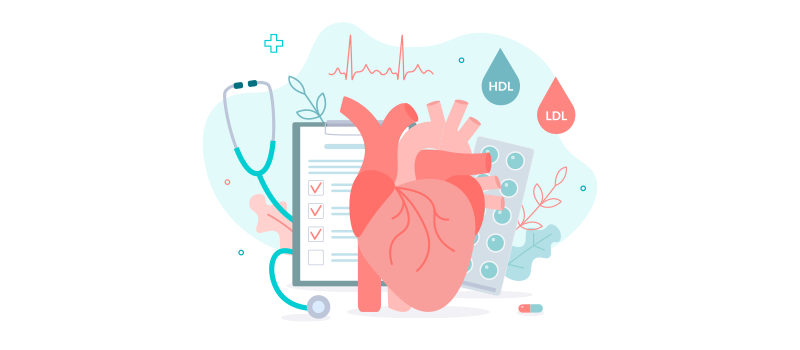

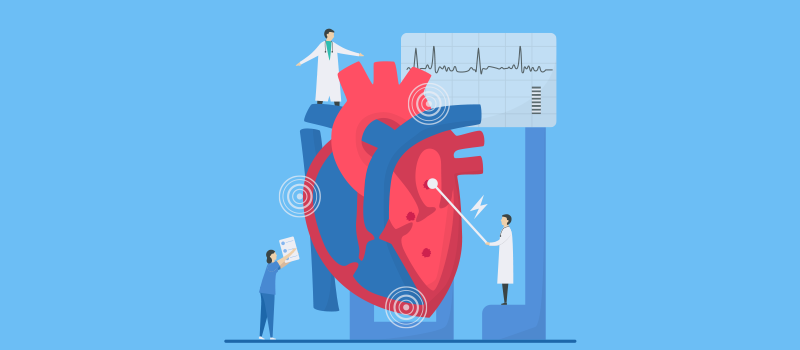
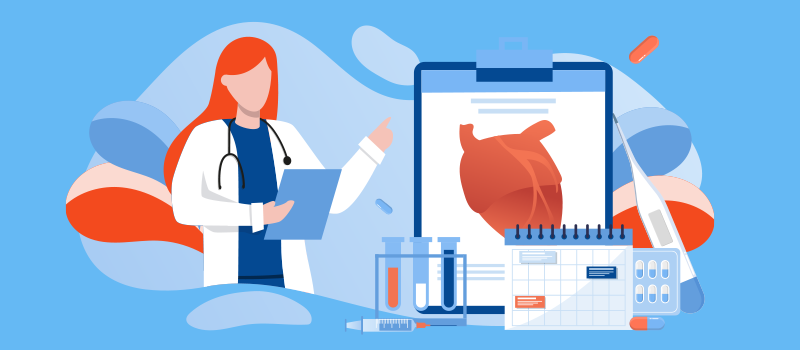


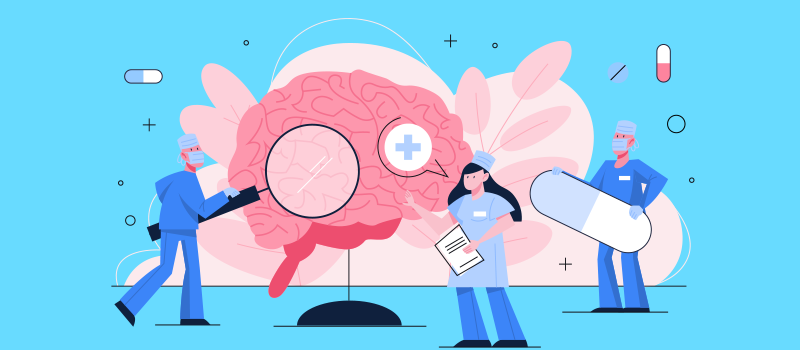
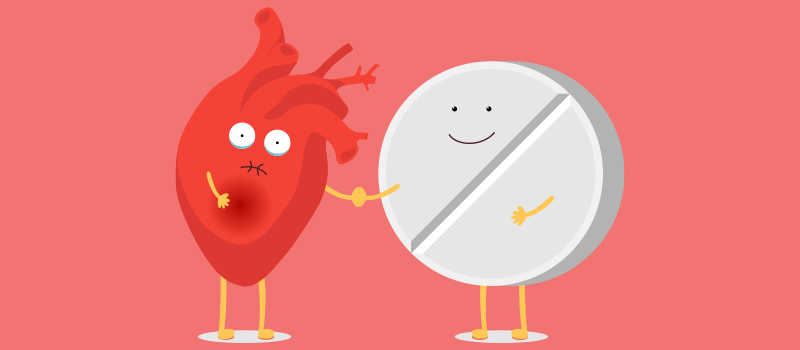
SOCIAL